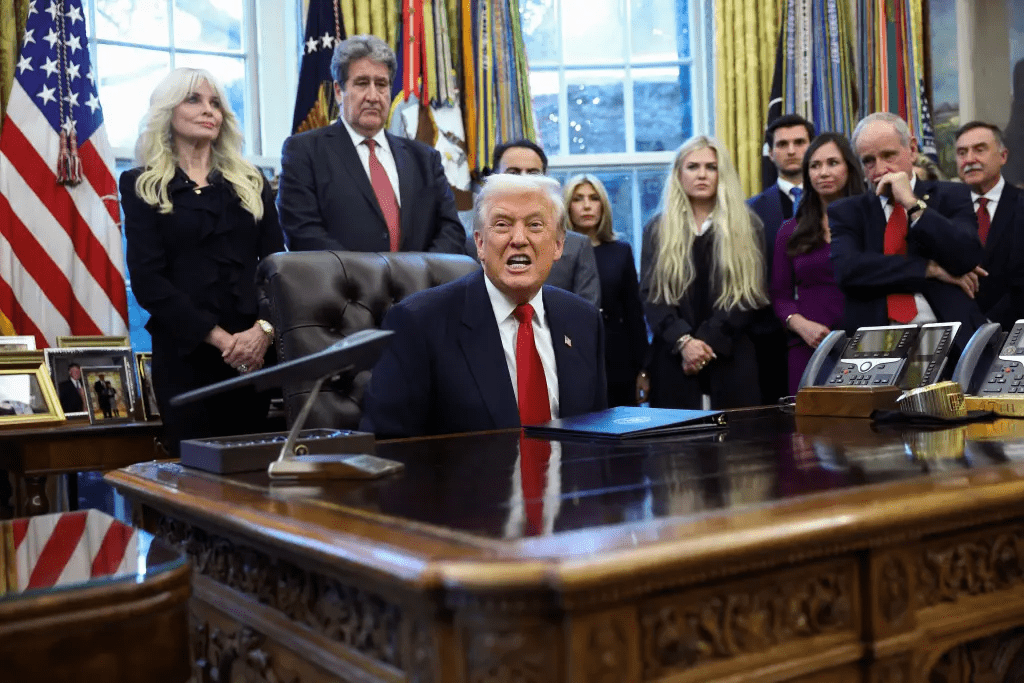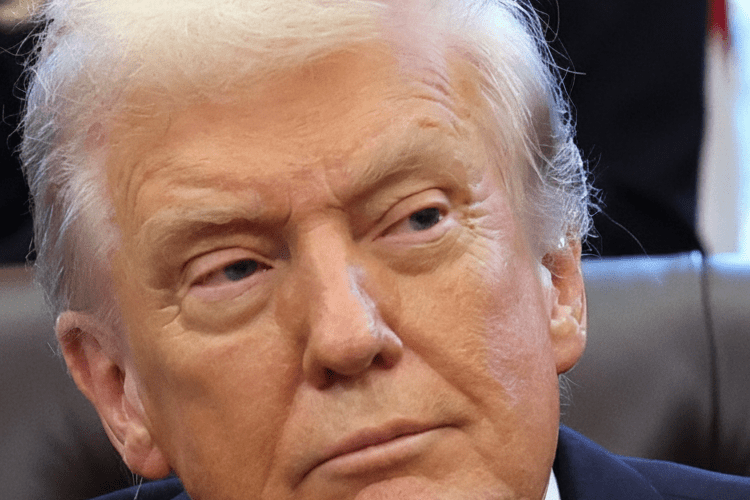President Trump Commits to Shutdown Deal After 41 Days — While Vowing to Target Obamacare Subsidies Next
Article body
After 41 grueling days of a federal government shutdown that tested the limits of America’s political system, President Donald J. Trump stepped forward on Monday and announced that he would abide by a deal to reopen government funding — yet he also made clear that this was only the beginning of a broader fight. With agencies shuttered, hundreds of thousands of federal workers furloughed or working without pay, and essential services disrupted across the country, the Senate-approved continuing resolution now advances toward passage. The deal restores funding through January 30, 2026, and covers full-year appropriations for key agencies like Veterans Affairs, the Department of Agriculture and military construction. In his remarks, Trump called the agreement “very good” and confirmed he would support it.

But the relief was paired with a warning. Trump insisted Republicans would press forward with a plan to replace the expiring subsidies under the Affordable Care Act — the very subsidies that helped trigger the shutdown war in the first place. Republicans had demanded earlier that Democrats accept reopening the government before the healthcare matter could be addressed. Democratic leaders held firm that the subsidies should be extended along with funding, and the impasse left America’s longest shutdown yet in motion.
The timing matters. The standoff began when Congress failed to pass a full-year appropriations bill by October 1, 2025, triggering the shutdown. Key stakes included not just federal funding but the fate of SNAP food-aid payments, public health agency operations and student aid processing — nearly one million federal workers faced furlough, and more than two million worked without pay. Trump’s call to endorse the deal comes after mounting pressure, economic cost estimates exceeding $7 billion, and public fatigue.

Yet Trump framed the reopening not as a capitulation but as strategic leverage. He described the agreement as “the first step” and made clear that the battle over Obamacare subsidies is far from over. For Trump-aligned conservatives, this moment signals that the president remains in command of the narrative — ready to reopen government, but unwilling to let health-care reform slip without broader changes. For Democrats, the reopening offered breathing room, but renewed worry: the revived fight over subsidies could fan the embers of gridlock once more.
Federal employees and agencies, finally assured of a path back to normal operations, watched closely as the Senate’s vote included protections: full-year funding for select agencies and assurances that those who were laid off could be rehired. Still, the deal left other agencies unfunded past January, making clear that the government’s operations remain contingent on subsequent legislation and that another showdown may lie ahead.
In the Oval Office, Trump was blunt but optimistic: “We’re going to be opening up our country very quickly,” he told reporters, while adding he intended to uphold the deal’s terms. The statement marked a rare moment of concession fused with ambition — a hallmark of his style. He accepted the funding deal, but signalled the focus has already shifted to what comes next.

Across Washington, analysts recognized the delicate balance of this moment. The shutdown’s end — even temporary — brought relief. But the unfinished chapters remain: Will Republicans pass a health-care reform that rolls back current subsidies? Will Democrats retaliate or negotiate? And can the government avoid sliding back into shutdown mode once again? Trump’s message suggests he believes the next round will play out on his terms.
For ordinary Americans, the impact is immediate. Furloughed workers can return. Agencies will resume key services. But the broader implication is less comforting: the restoration of government comes tied to the threat of a renewed fight over health care. In an era where politics and policy are deeply intertwined, the message is clear — funding is only the beginning; reform is looming.
Trump’s vow to abide may have ended one chapter, but it unmistakably opened another. The government will reopen, but the agenda has shifted. Obamacare subsidies, once the trigger for the entire stalemate, are now front and center. And with Trump publicly declaring the war has not ended, Washington braces itself for the next showdown.


